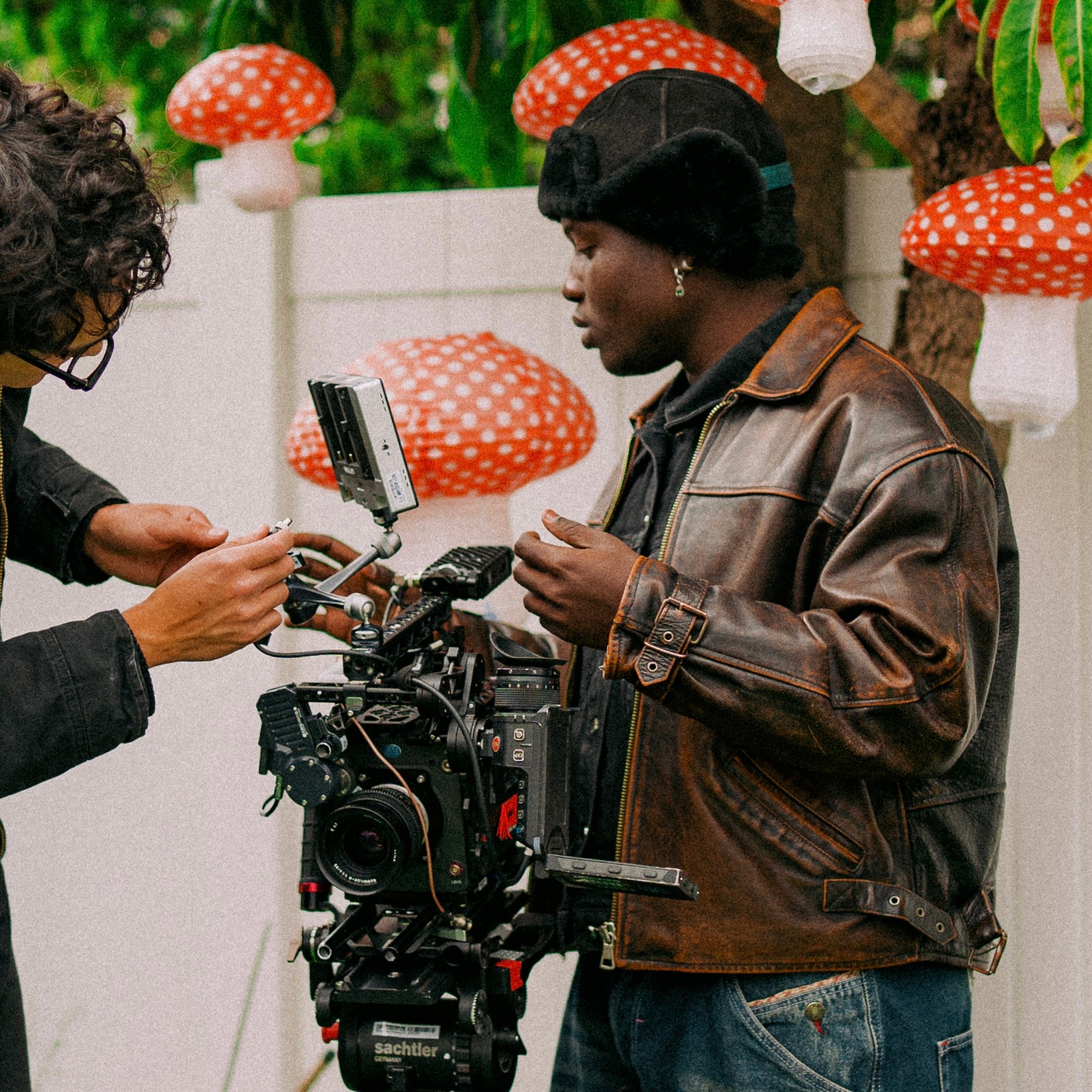We caught up with the brilliant and insightful Jolarson Tati a few weeks ago and have shared our conversation below.
Alright, Jolarson thanks for taking the time to share your stories and insights with us today. What’s the kindest thing anyone has ever done for you?
The kindest thing anyone has ever done for me was loving me through pain. That might sound strange, but as someone coming of age, it shaped everything I’ve become.
In my teenage years, my Uncle David taught me something I didn’t understand at first—passion isn’t enough. He said, “You can blame others all you want when you’re young, but when you turn 18, you start blaming yourself.” At the time, I brushed it off. I thought I knew what life was about. I had dreams, energy, fire—but not the discipline, not the obsession, not the structure.
I had come from Angola—a country of hustlers, where we fight daily because resources are scarce. I fought hard for my U.S. student visa, and when I arrived in America, I didn’t realize what I stood to gain—or lose—if I didn’t give it everything. I wasn’t lazy—I was unaware. My uncle saw that. He saw the fire in me, but he knew fire without focus burns out fast.
So, he gave me structure. A routine. A challenge. Wake up at 6 a.m., train for soccer, come back, shower, clean the house, set the breakfast table—all before he and my aunt woke up at 8:30. Then an hour of math, followed by English classes, chores, and repeat. No friends, no distractions—just discipline. Within two months, I learned English. I applied to different high schools and I got denied by five schools. Only when I told one I played soccer it’s when they accept me.
My uncle wasn’t to happy because he knew there was much to make up ahead, so he didn’t make it easy. He refused to take me to school. There were no buses, only trollies, and the school wasn’t a near one. I walked 45 minutes to an hour each way. After school, I had practice in other location sometimes and that added another 1.5–2-hour walk home, followed by homework and chores. No rest. No excuses.
At the time, I thought maybe he wanted me gone. So I applied to the best arts boarding school in the country. He told me I wouldn’t get in. I did. With a scholarship. I thought I was proving him wrong.
But I wasn’t.
I was proving myself right.
I later realized he didn’t push me because he doubted me. He pushed me because I doubted me. And when I left, when people started believing in me easily, I got comfortable. I stopped giving my 100%. I started slipping—not because I lost talent, but because I lost tension. The kind that builds you. The kind my uncle gave me.
My uncle David thought me that the kindest love is often the hardest to receive—because it doesn’t pat your back, it builds your backbone
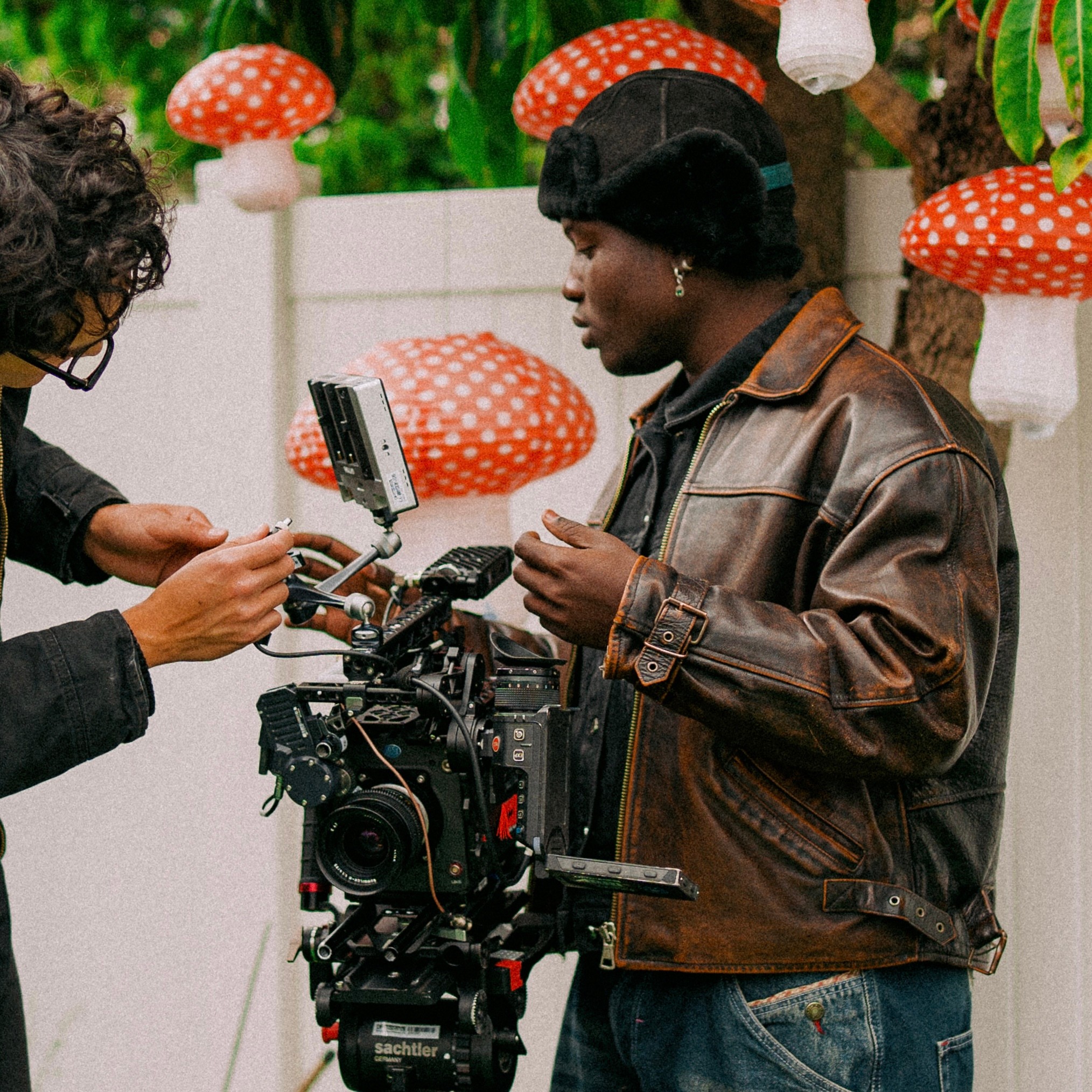
Jolarson , love having you share your insights with us. Before we ask you more questions, maybe you can take a moment to introduce yourself to our readers who might have missed our earlier conversations?
I didn’t plan to become a cinematographer. It started as a fascination with technology. I loved how machines worked, how censors worked. But somewhere along the way, it stopped being about tech—and became about feeling. I realized that the frame could speak. That light could whisper. That movement could scream. And I haven’t looked back since.
I’ve been in this industry for five years—and I’m still a student of the craft. Coming from a country where every day is a hustle, I learned early that survival teaches instinct, but art demands intention. It taught me that the frame isn’t just decoration—it’s meaning. The size, the texture, the silence between movements—all of it contributes to the emotional fabric of the story. My role is to help directors bring that emotion to life visually, to align the vision with the soul of the scene.
One of the works I’m most proud of is “The Mixtape for the End of the World”—a short film set in the late 1980s. It challenged me to balance nostalgia with narrative and create visuals that felt both vintage and immediate. The images needed to feel like memory—textured, flickering, honest. Every shot had to carry the weight of time.
In the music world, I’ve been grateful to work with artists who push emotion through sound. For PawPaw Rod’s “When I Get Home,” I tapped into a sense of return, nostalgia, and stillness—the feeling of longing for something familiar.
What sets me apart isn’t just how I shoot—it’s how I listen. I listen to the director, to the story, to the quiet between the dialogue. I don’t shoot to impress—I shoot to connect. My foundation is technical, but what I value most is emotional sensitivity. That’s where real storytelling begins.
So if you’re a director, an artist, or a brand with a story that deserves more than surface—I want to help you bring it to life. Not with noise. But with meaning. A good image tells you what’s happening. A great one tells you how it feels.

We’d love to hear about how you keep in touch with clients.
For me, loyalty starts with positioning—not just in the market, but in mindset. You have to believe in the people you work with, believe in the vision, and commit to the long game. That’s how trust is built. Once you truly lock into that mentality, the clients come—not because you’re chasing them, but because you’re rooted. Loyalty attracts loyalty.
I’ve seen this play out through my work with Royal 2, a brand I’ve stood by since my early days in LA about 3 years ago. One of the co-founders is my business partner—he believed in the dream, and that belief became contagious. I’ve been there through the lowest points and the wins, and that ride—the whole ride—is what shaped me. It’s easy to show up when things are good, but real loyalty shows up when no one’s clapping yet.
Today, a lot of people want quick results. Fast collaborations, fast money, fast exposure. But I believe in building, not bouncing. You can’t create brand loyalty if you keep switching lanes every time it gets hard. That consistency—that willingness to weather the slow seasons—is what earns you not just return clients, but real relationships.
I stay connected by being present, not just when a client needs a service, but when they need someone who understands the bigger picture. It’s not transactional—it’s relational. That’s how I operate. That’s how I grow.
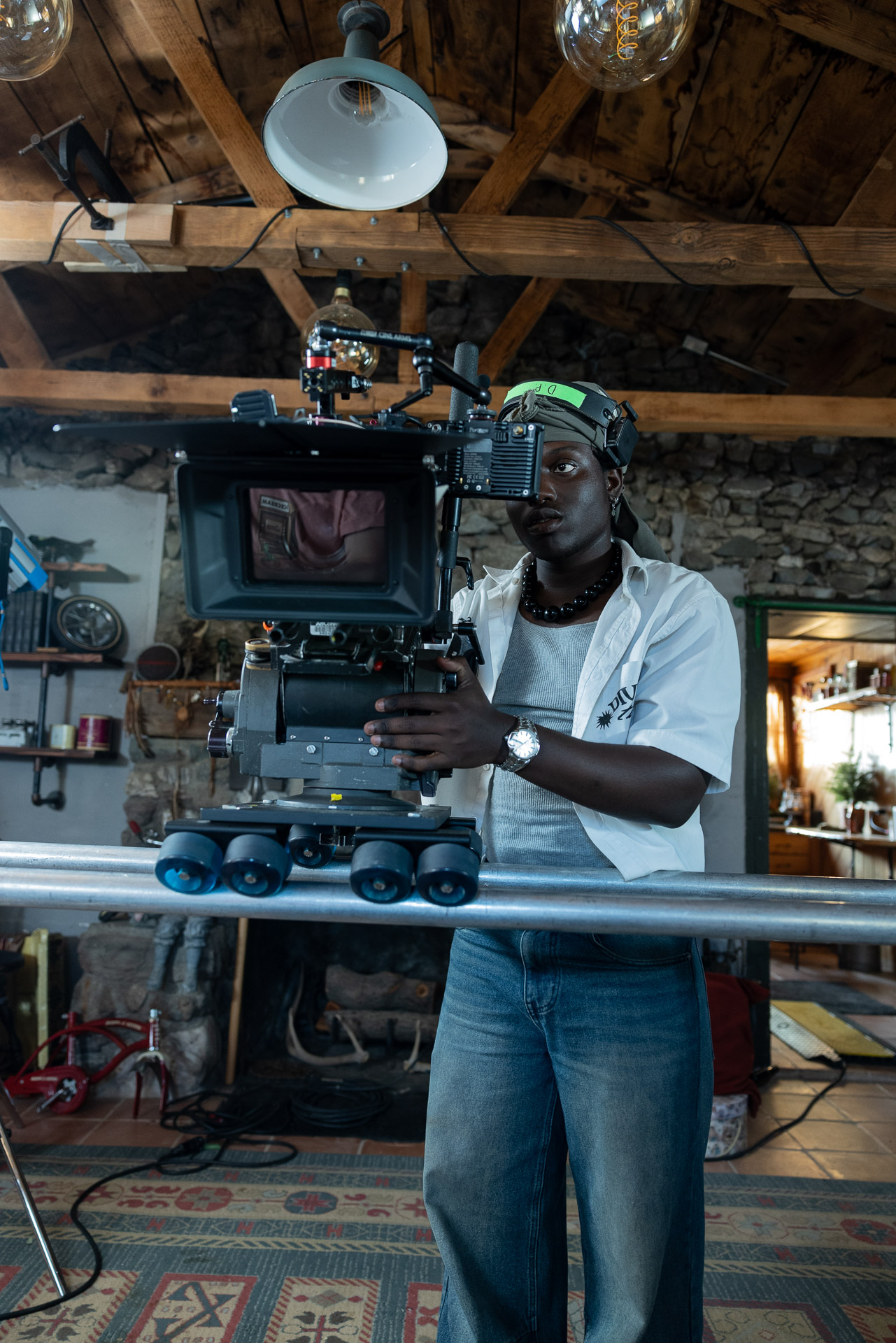
What’s a lesson you had to unlearn and what’s the backstory?
One of the biggest lessons I had to unlearn is the idea that gear doesn’t matter. I was told that over and over—at school, online, by other filmmakers. And sure, I get the sentiment: story comes first, creativity over tools. But here’s the truth I learned through experience—gear matters… in the right hands.
When I first started, I was constantly told, “You don’t need expensive equipment, just make it work.” And I did. I used whatever I had access to—cheap DSLRs, basic rigs, natural light—and I found creative ways to make the most of it. That hustle taught me resourcefulness. But it also made me hesitant to value better tools.
It wasn’t until I started working on higher-level sets that I realized how much the right gear can amplify a creative vision. Cameras with better dynamic range, lenses with character, professional lighting—all of it can help you get there faster, with more precision, and with more emotional weight. It’s not about hiding behind the gear—it’s about knowing what to do with it.
When I first touched high-end cameras like the Alexa, or worked with properly built lighting setups, it was like finally speaking a language fluently instead of guessing the words. I saw how technology could enhance storytelling rather than distract from it. I realized the problem isn’t caring about gear—it’s relying on it without understanding it.
So yes, gear isn’t everything—but that doesn’t mean it’s nothing. I had to unlearn the false humility of pretending tools don’t matter. They do. But only when they serve the vision—not replace it.
Contact Info:
- Instagram: monsi3ur_

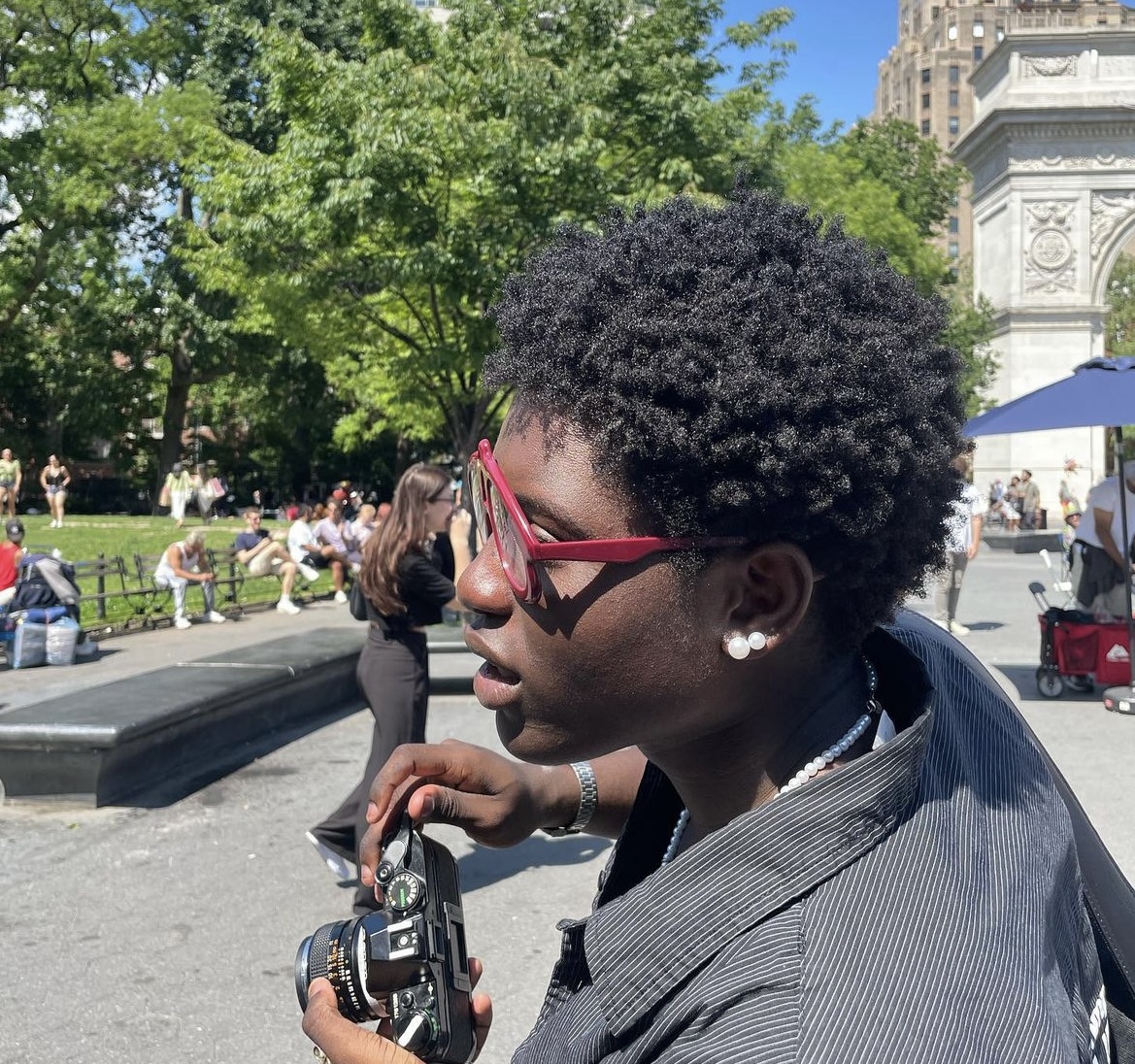


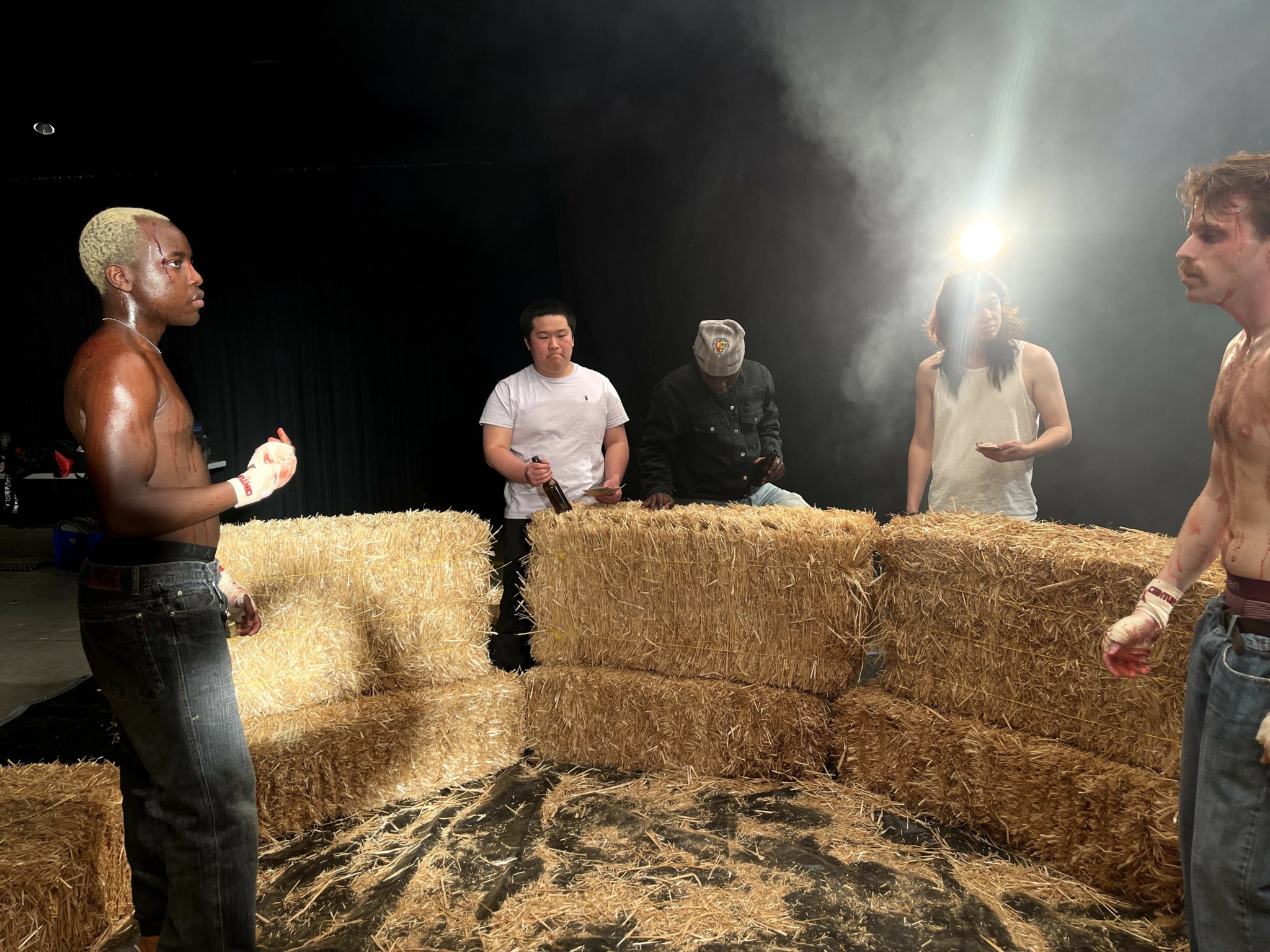

Image Credits
Ish Morie, Polo onguru, Valentina Berti, Daria Nagrebelna,


